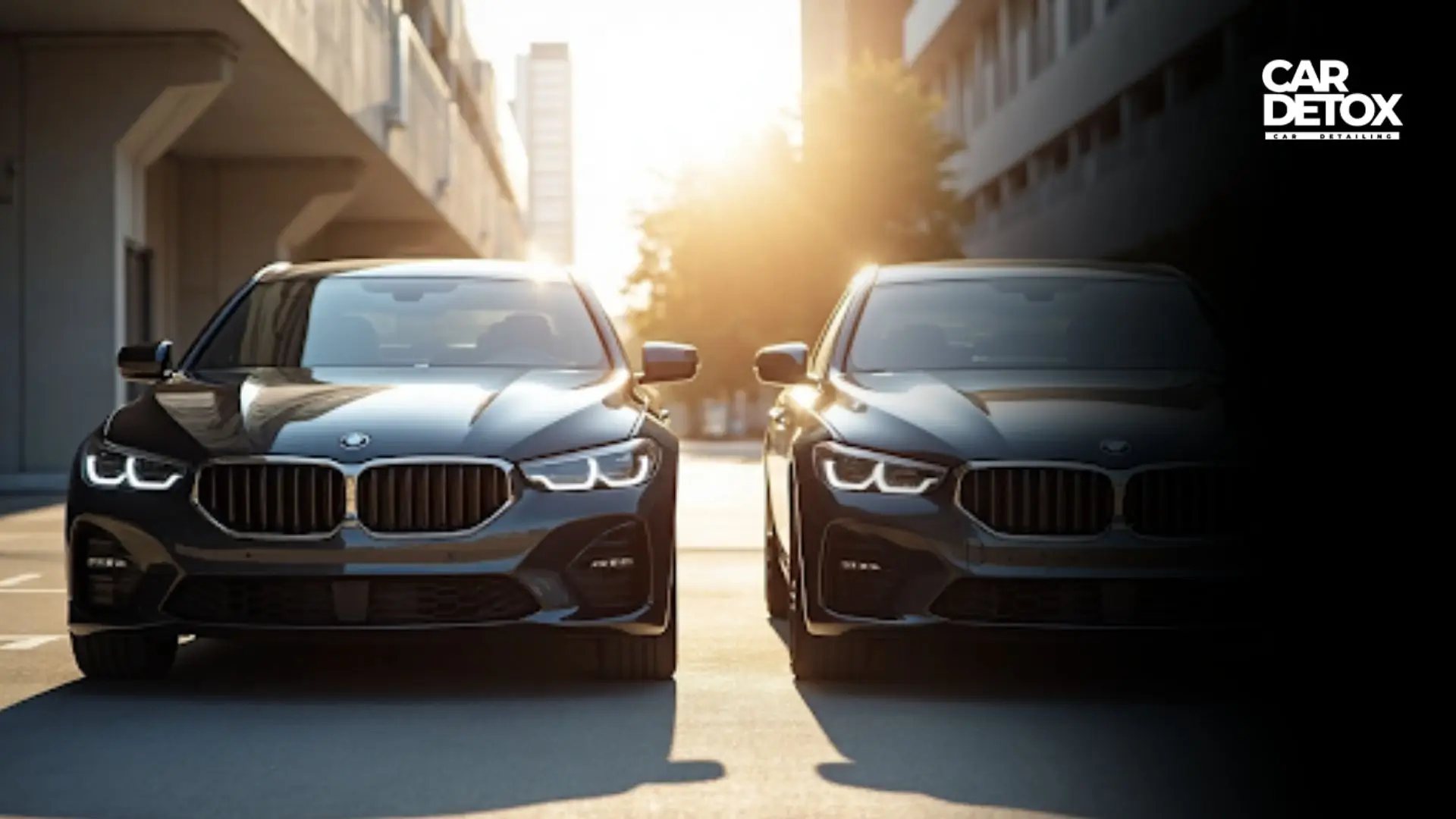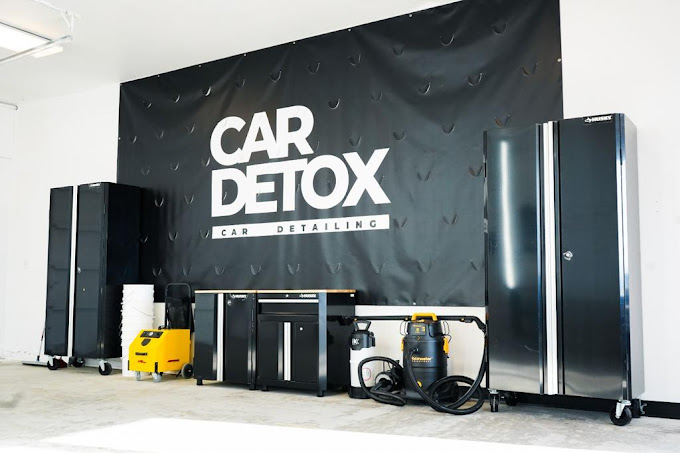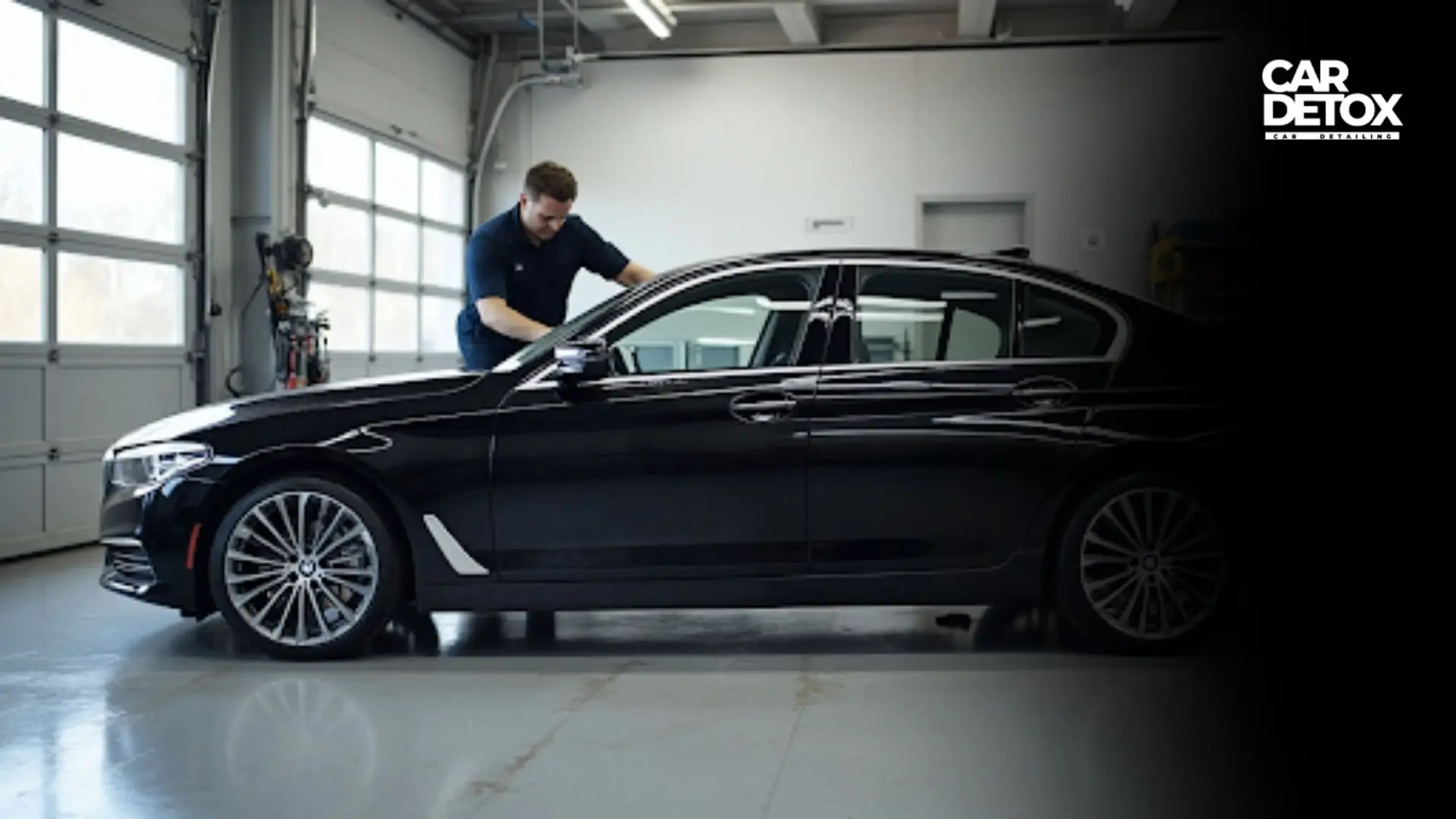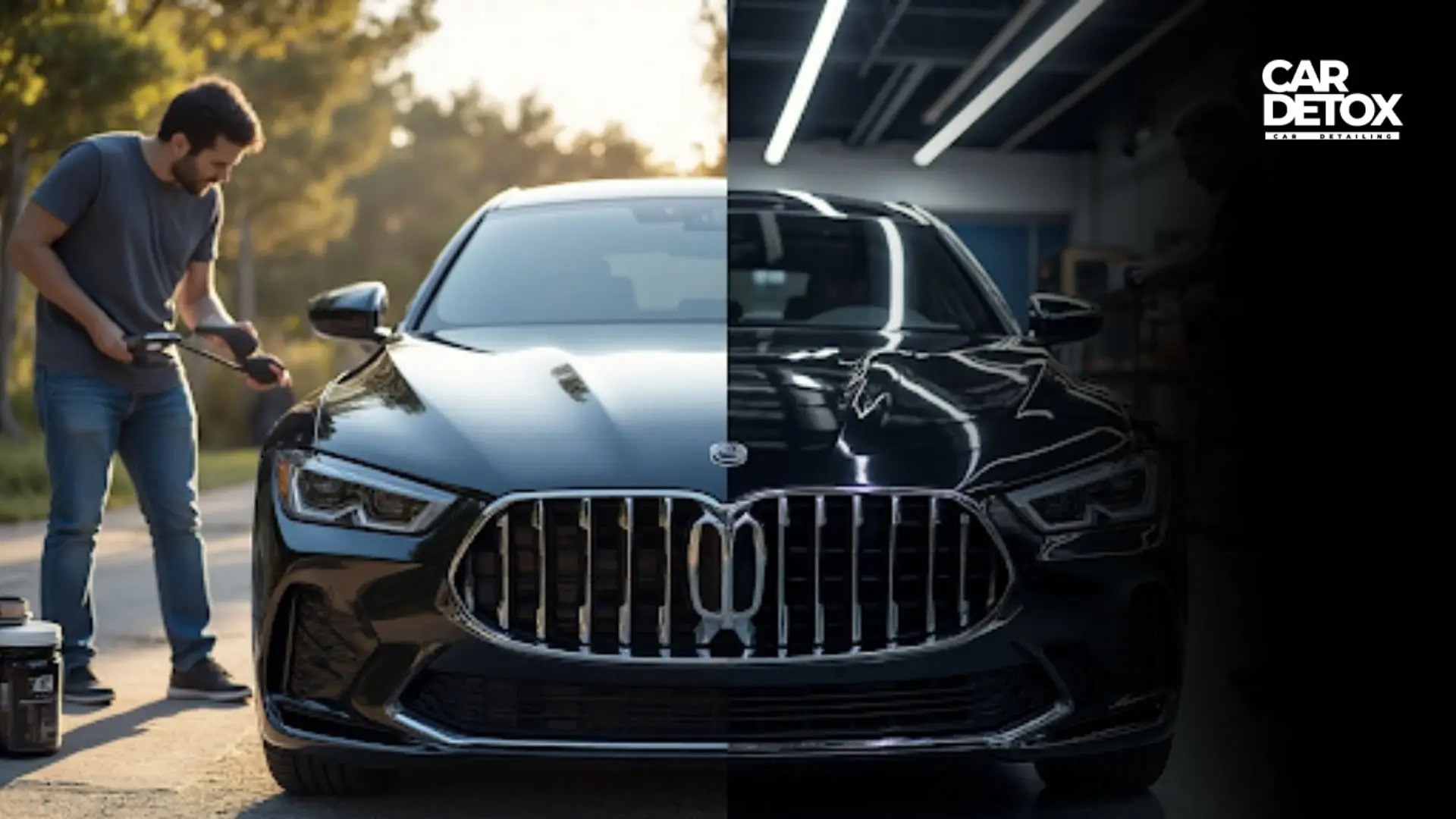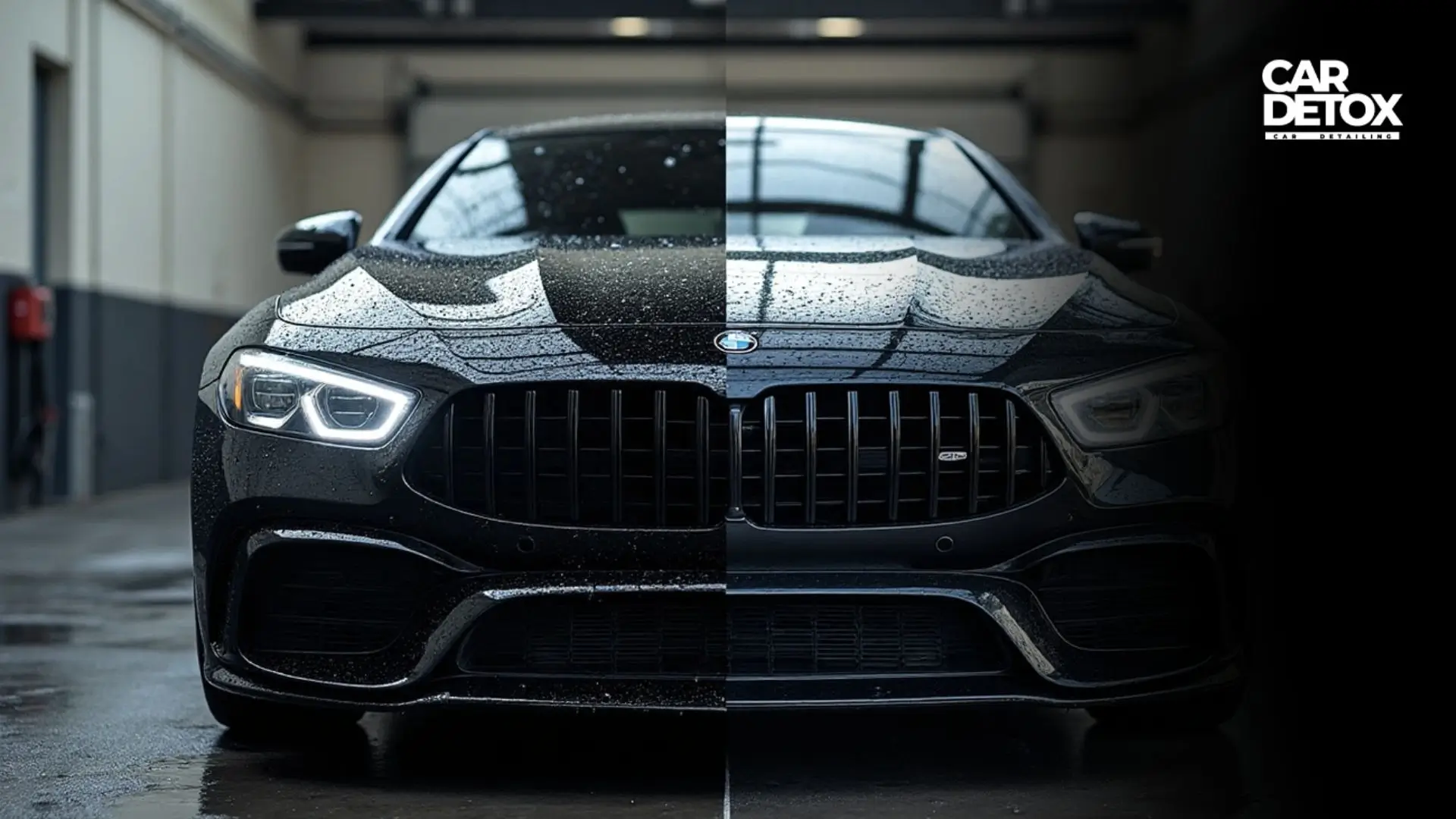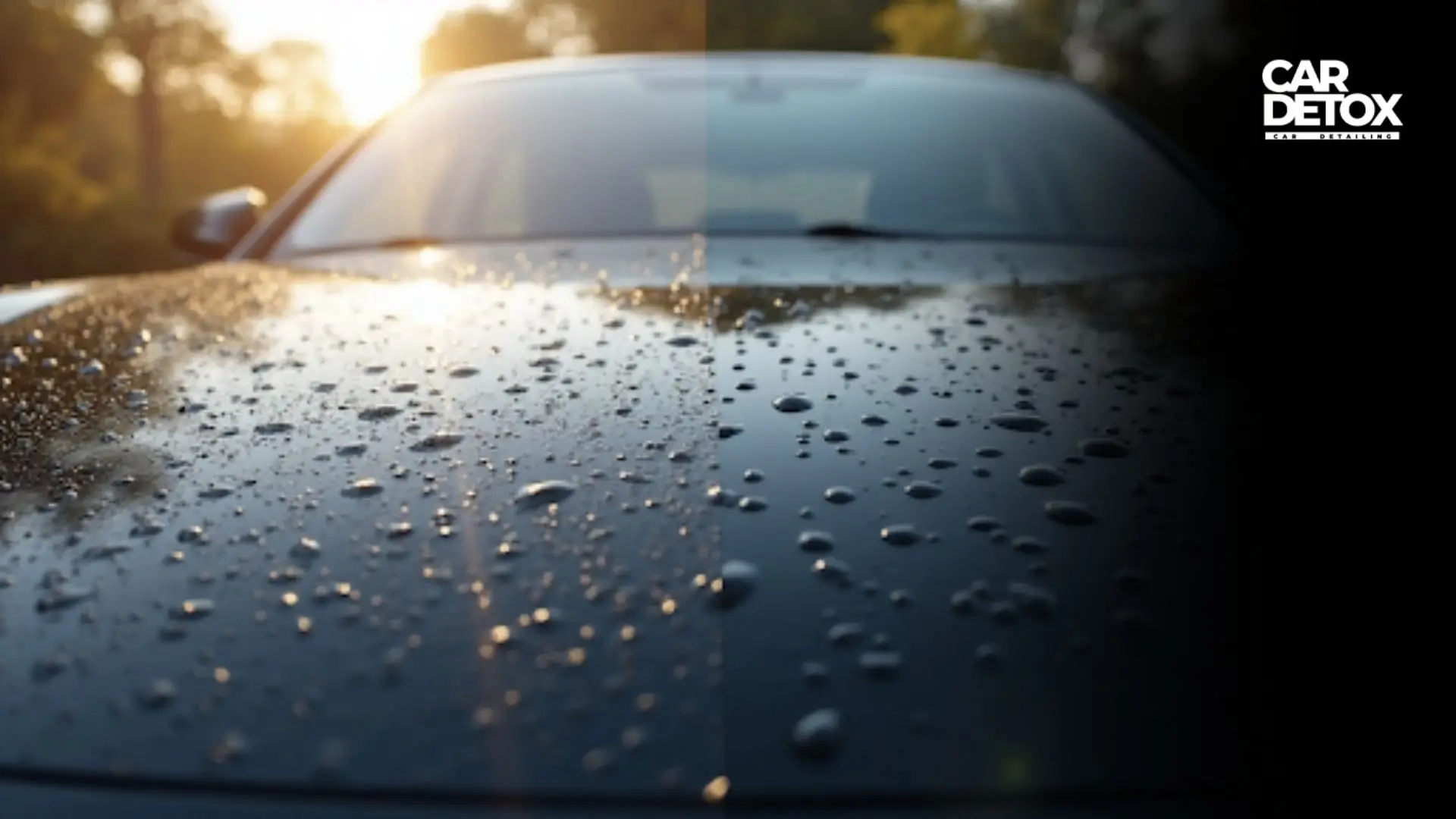Ceramic tint and regular tint differences are way beyond just looks. Your car can feel like an oven on hot summer days. The good news? Ceramic tint blocks up to 90% of solar infrared light and keeps your car cool. Regular tint has served drivers well for decades, but ceramic options are true innovators in the window tinting world.
Ceramic and regular tints are nowhere near the same in performance. Ceramic window tint provides amazing protection by blocking up to 99% of harmful UV rays. It filters 96% of infrared heat and transforms your car into a safe space away from the sun's intensity. Regular tint costs less but doesn't match these protection levels. Many car owners ask, "Is ceramic tint worth it?" The answer comes down to your budget and what you need.
Let's break down both options and look at everything from their heat-fighting power to how long they last. You'll get all the facts you need to pick the perfect tint that matches your car and lifestyle.
Core Differences Between Ceramic and Regular Tint

Window tint's performance depends on what it's made of. State-of-the-art nano-ceramic window tinting uses microscopic ceramic particles in a thin film. These nano-ceramic particles are non-metallic and non-conductive. They block heat well without disrupting electronic signals. Regular tint is different - it's made of dyed polyester film that absorbs sunlight. It has a dye layer sandwiched between an adhesive layer and a protective polyester coating.
Material Composition: Nano-ceramic vs Dyed polyester
Nano-ceramic tint embeds tiny ceramic particles you can't see with your naked eye. These powerful particles deliver excellent performance. The tinting material's effectiveness against solar radiation improves because these particles are built right into it. Regular tint works differently - it mainly uses dyed polyester or laminate with UV blockers added in. This basic difference in how they're made explains why ceramic tints work better than traditional dyed films in many ways.
Infrared and UV Blocking Capabilities
These tints show their biggest differences in how well they block harmful rays. Nano-ceramic tint stops up to 99% of harmful UV rays. It also blocks about 90% of infrared radiation, which causes most heat inside vehicles. Regular tint helps too, but not as much. It blocks about 95% of UV rays but only stops 30-40% of heat.
Impact on Interior Temperature and Comfort
Your car stays cooler with ceramic tint. On hot days, it can lower inside temperatures by up to 60%. This makes rides more comfortable for everyone. You'll also save money because you won't need as much air conditioning - fuel costs can drop by at least 5%. Regular tint doesn't work as well. It can sometimes make cars hotter and put extra stress on windows. The difference really shows up in summer when ceramic tints cool vehicles about 50% better than regular ones.
Real-World Use Cases: Which Tint Fits Your Lifestyle?
Your specific driving conditions and lifestyle needs will determine the best window tint choice. Let's look at which type suits different real-life scenarios best.
Hot Climate Driving: Prioritizing heat rejection
Ceramic tint emerges as the best choice for people living in scorching environments. It blocks up to 99% of harmful UV rays and rejects about 90% of infrared radiation. This tackles the main source of vehicle heat. Drivers in desert climates get the best results from ceramic tints. These tints can lower interior temperatures by up to 60%. You'll notice real comfort benefits - your legs won't burn on leather seats and your fingers won't scorch on steering wheels anymore.
Urban Commuters: Balancing cost and privacy
Carbon or hybrid tints work best for urban commuters who need both heat rejection and style. Regular tinted windows give you more privacy by making it harder to see inside your car. This helps prevent theft since valuables stay hidden. Dyed films offer decent performance at a lower price point. Keep in mind they absorb rather than reflect heat, which might not work as well in very hot conditions.
Tech-Heavy Vehicles: Avoiding signal interference
Cars loaded with electronics need special attention when picking window tint. Ceramic tints make a better choice than metallic ones because they don't interfere with GPS, radio, or cell phone signals. They're non-metallic and non-conductive. This makes them perfect for tech-heavy vehicles since they maintain clear connectivity. Electric vehicle owners benefit especially - ceramic tint helps with battery efficiency without disrupting electronic signals.
Night Driving: Visibility and glare reduction
Clear vision and reduced glare matter most for nighttime driving. Ceramic tints with 50-70% VLT (Visible Light Transmission) give you excellent clarity while cutting down glare. Bright high beams and LED headlights become less harsh, making your drive safer and more comfortable. Drivers see up to 30% less eye strain and roughly 20% better contrast sensitivity. This makes ceramic tint valuable if you often drive after dark.
Durability, Maintenance, and Aesthetic Longevity

Window tint's lifespan is a vital factor to weigh between ceramic and regular options. My experience shows that knowing these differences helps save time and money down the road.
Fade Resistance: Ceramic vs Regular over time
Ceramic window tint holds up amazingly well against fading and stays effective for over 10 years. Regular dyed films last just 3-5 years before you need to replace them. The difference comes from ceramic tint's advanced makeup - nano-ceramic particles stay stable even in bright sunlight. Regular tints that use dye-based materials fade quickly in the sun and often turn an ugly purple color.
Scratch and Peel Resistance
The benefits go beyond just keeping their color. Ceramic tints resist scratches, peels, and bubbles much better than standard films. Ceramic particles create a strong barrier that handles daily wear and tear. Regular tints, especially dyed ones, can't handle environmental damage as well. They bubble and peel, especially with big temperature changes. Yes, ceramic tint indeed stays intact throughout your car's life, while regular options need frequent replacements.
Color Stability and Visual Appeal
Color stability affects both looks and function a lot. Ceramic window tint keeps its rich color and clarity for years. These films don't have dyes, so they avoid the purple effect you see in regular tints. Ceramic options also give you better optical clarity without distortion, so your visibility stays clear. Good maintenance helps both types last longer, and using ammonia-free cleaning solutions works best. All the same, ceramic tint gives you great value even with higher original costs - you won't need to replace it often, which saves money over time.
Budget Considerations and Value Over Time
Cost becomes a deciding factor for many vehicle owners looking at window tinting options. The price gap between ceramic and regular tints shows their performance differences. Looking beyond the original costs helps understand their true value.
Original Installation Cost: Ceramic vs Regular
A full vehicle installation with ceramic window tint costs between $300-$800. Regular dyed tint costs less at $100-$400. Advanced nano-technology and better materials make ceramic tint more expensive. A standard sedan's front door windows need about $150-$200 for basic ceramic film. Larger glass surfaces in SUVs, trucks, and luxury vehicles push prices higher ($600-$1200).
Replacement Frequency and Maintenance
The lifespan between these options affects overall costs by a lot. Ceramic tint stays good for 10+ years without fading or bubbling. Regular dyed films need replacement every 3-5 years because they fade, bubble, or peel. You might replace regular tint 2-3 times while ceramic tint stays intact. Both types need cleaning with ammonia-free products. Ceramic tint keeps its look with minimal care.
Long-Term Savings on Cooling and Repairs
Hot climate residents can cut cooling costs by 30% with ceramic window tint. Better heat blocking reduces AC use and boosts fuel efficiency by 5-10% each year. The UV protection from ceramic tint also keeps your vehicle's interior looking new for 5-7 years longer. This protection helps avoid costly upholstery and dashboard repairs.
Is Ceramic Tint Worth It for Your Budget?
Ceramic tint makes sense financially if you:
- Drive in hot areas where cooling matters
- Plan to keep your vehicle for 5+ years
- On vehicles with premium interiors worth protecting
Regular tint works well for people with smaller budgets or those living in moderate climates. Ceramic tint costs 30-50% more than standard films. This extra cost pays off through energy savings, less interior damage, and fewer replacements as time goes by.
Comparison Table
| Feature | Nano Ceramic Tint | Regular Tint |
| Material Composition | Microscopic ceramic particles in thin film (non-metallic, non-conductive) | Dyed polyester film with adhesive layer |
| UV Ray Blocking | Up to 99% | Approximately 95% |
| Infrared Heat Rejection | Up to 90% | 30-40% |
| Interior Temperature Reduction | Up to 60% | Substantially lower (exact % not specified) |
| Signal Interference | None (non-metallic) | May interfere with electronic signals |
| Lifespan | 10+ years | 3-5 years |
| Fade Resistance | High - maintains color | Low - may turn purple over time |
| Installation Cost (Full Vehicle) | $300-$800 | $100-$400 |
| Scratch/Peel Resistance | High resistance to scratching, peeling, bubbling | More susceptible to damage |
| Fuel Efficiency Effect | Up to 5% savings in fuel consumption | Not mentioned |
| Best Suited For | - Hot climates- Tech-heavy vehicles- Long-term vehicle ownership- Premium vehicles | - Budget-conscious buyers- Moderate climates- Short-term solutions |
FAQs
Q1. What are the main advantages of nano ceramic shade over regular shade?
Nano ceramic shade offers superior heat rejection, blocking up to 90 of infrared radiation. It also provides better UV protection, and lasting continuity does not interfere with electronic signals. While more precious originally, its performance and life frequently make it a better long-term investment.
Q2. Does ceramic shade ameliorate visibility compared to regular shade?
Yes, ceramic shade generally offers better visibility. It reduces light effectively without exorbitantly darkening the windows, allowing for clearer vision in colorful lighting conditions. This better optic clarity is especially salutary for night driving.
Q3. What's the main disadvantage of nano ceramic shade?
The primary disadvantage of nano ceramic shade is its advanced original cost. It can be significantly more precious than regular shade options, with prices ranging from $300 to $800 for a full vehicle installation. Still, many consider this a worthwhile investment due to its superior performance and longevity.
Q4. How long does a ceramic shade generally last compared to a regular shade?
Ceramic shade demonstrates exceptional life, frequently lasting 10 times or further without significant decline. In discrepancy, regular shade generally needs relief every 3- 5 times due to fading, washing, or shelling. This continuity difference can neutralize the advanced original cost of ceramic shade over time.
Q5. Is a ceramic shade worth the redundant cost for all vehicle owners?
The value of ceramic shade depends on individual circumstances. It's particularly salutary for those living in hot climates & also motorists who spend a lot of time in their vehicles, owners of high-end cars with decoration innards, and those planning to keep their vehicles long-term. For others, similar to those in moderate climates or with tighter budgets, regular shade may still be a suitable option.
Making Your Final Decision
You need to think about both options carefully to choose between nano ceramic tint and regular tint based on your needs and priorities.
Nano ceramic tint beats regular tint in almost every way. It blocks up to 99% of UV rays and rejects about 90% of infrared heat. This gives you and your car's interior unmatched protection. On top of that, it lasts over 10 years compared to regular tint's 3-5 years, making it a better long-term investment.
Regular tint costs way less upfront, but ceramic tint gives you better value as time goes by. You'll recover the original cost through lower AC usage, less fuel consumption, and fewer replacements. Ceramic tint will give you the best return on investment if you live in hot areas or plan to keep your car for years.
Your local climate, driving habits, and car ownership plans should shape your choice. Ceramic tint is a must in hotter regions like Miami & Phoenix; however, summers can be brutal in areas like Portland & Seattle, too & not to mention the other benefits apart from just cooling. The comfort and fuel savings become more important if you spend hours driving each day. For premium ceramic tint installation, visit Car Detox.
Our Popular Services
Car Detailing Services | Ceramic Coating Services | Pet Hair Removal Services | Mobile Auto Detail Services Happy Valley | Car Detailing Services in Tualatin
Find Us On Map
Car Detox - Auto Detailing Services
Book An Appointment
Read More on
How Long Do Interior Ceramic Coatings Last?
Is Ceramic Coating Better Than Wax?
How to Find the Best Ceramic Coating Installer Near Me
How long does ceramic coating take to cure?
Revive your ride anytime, anywhere
Schedule AppointmentQuestions? Call us now!

